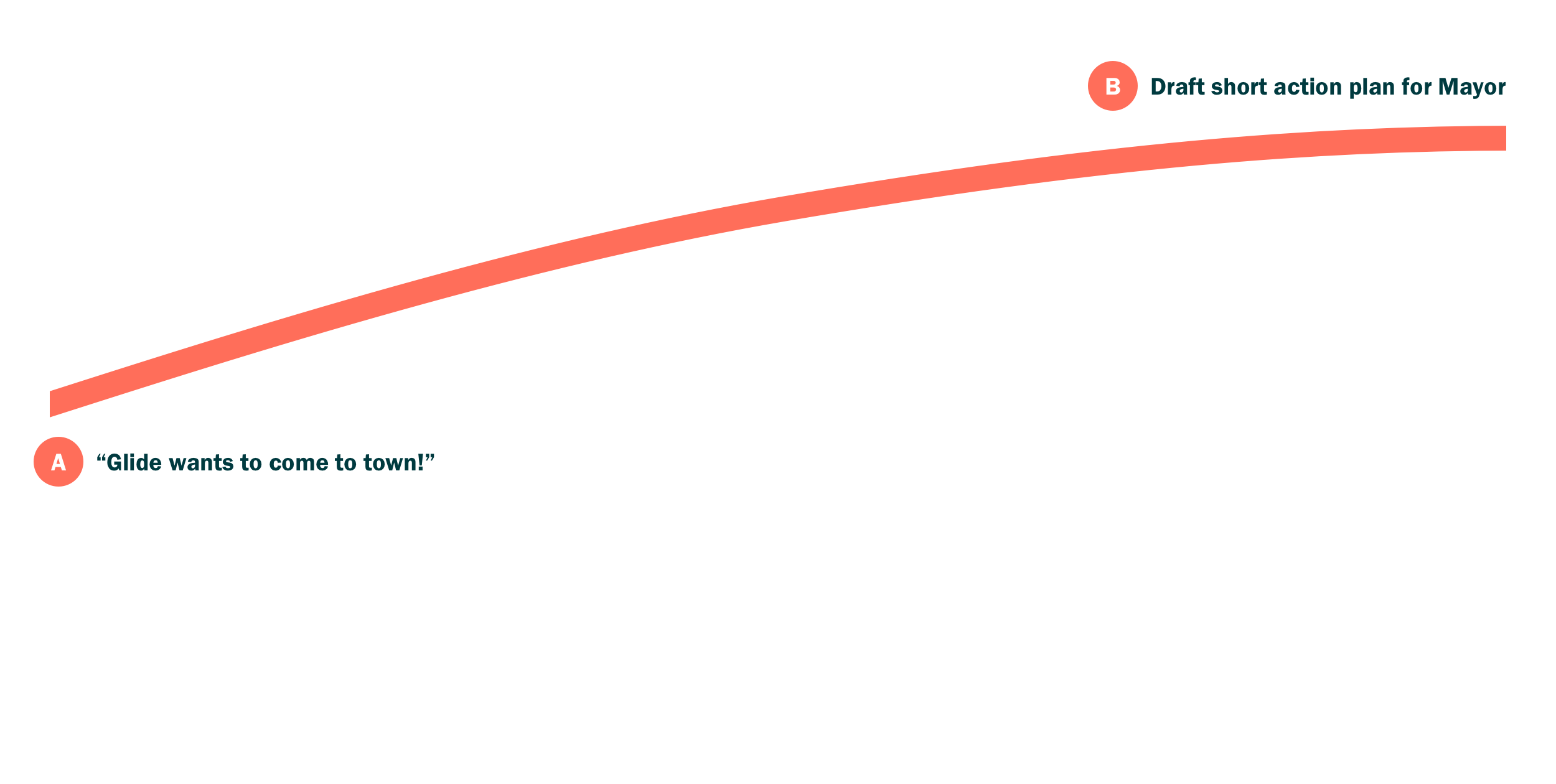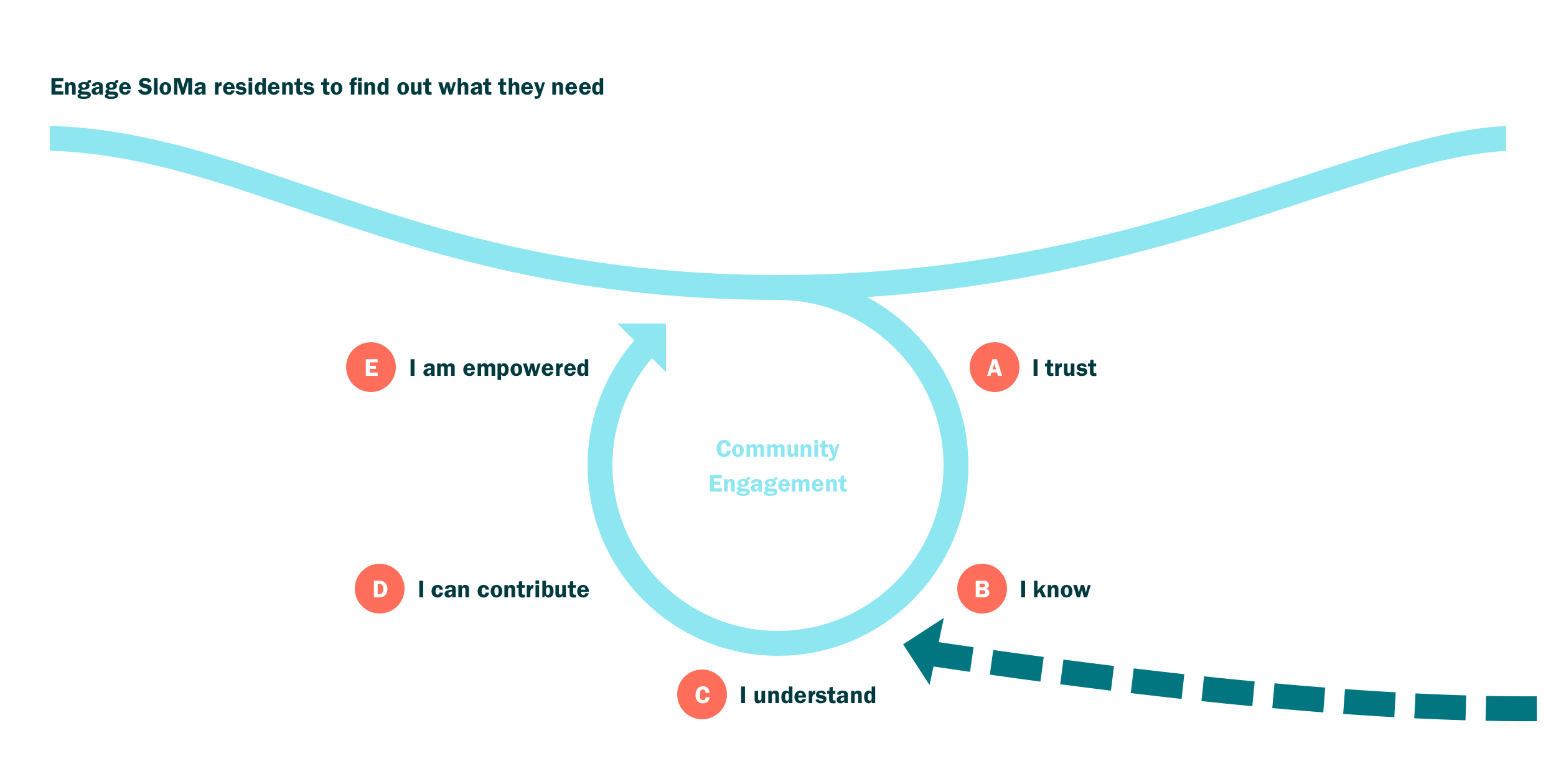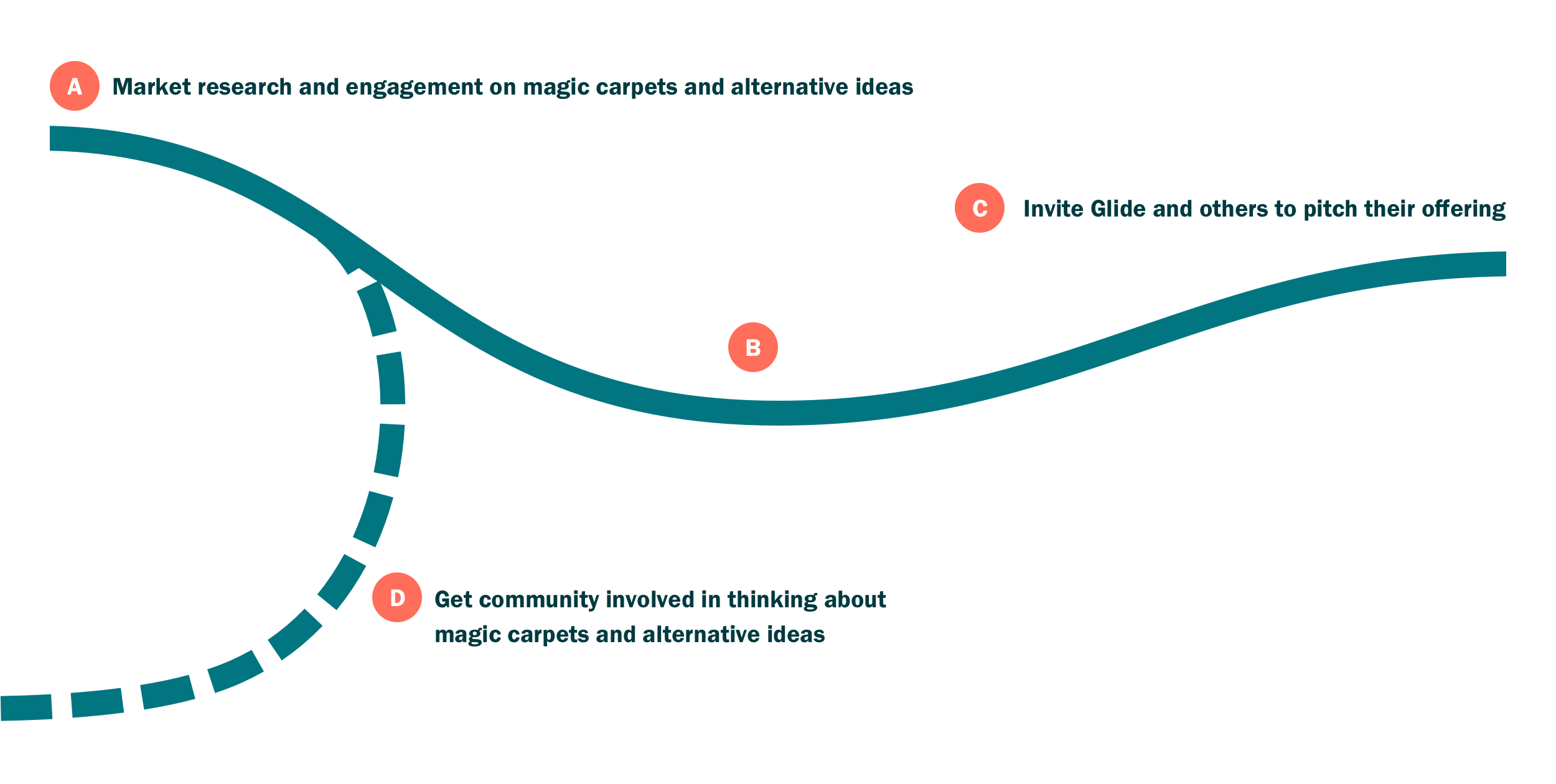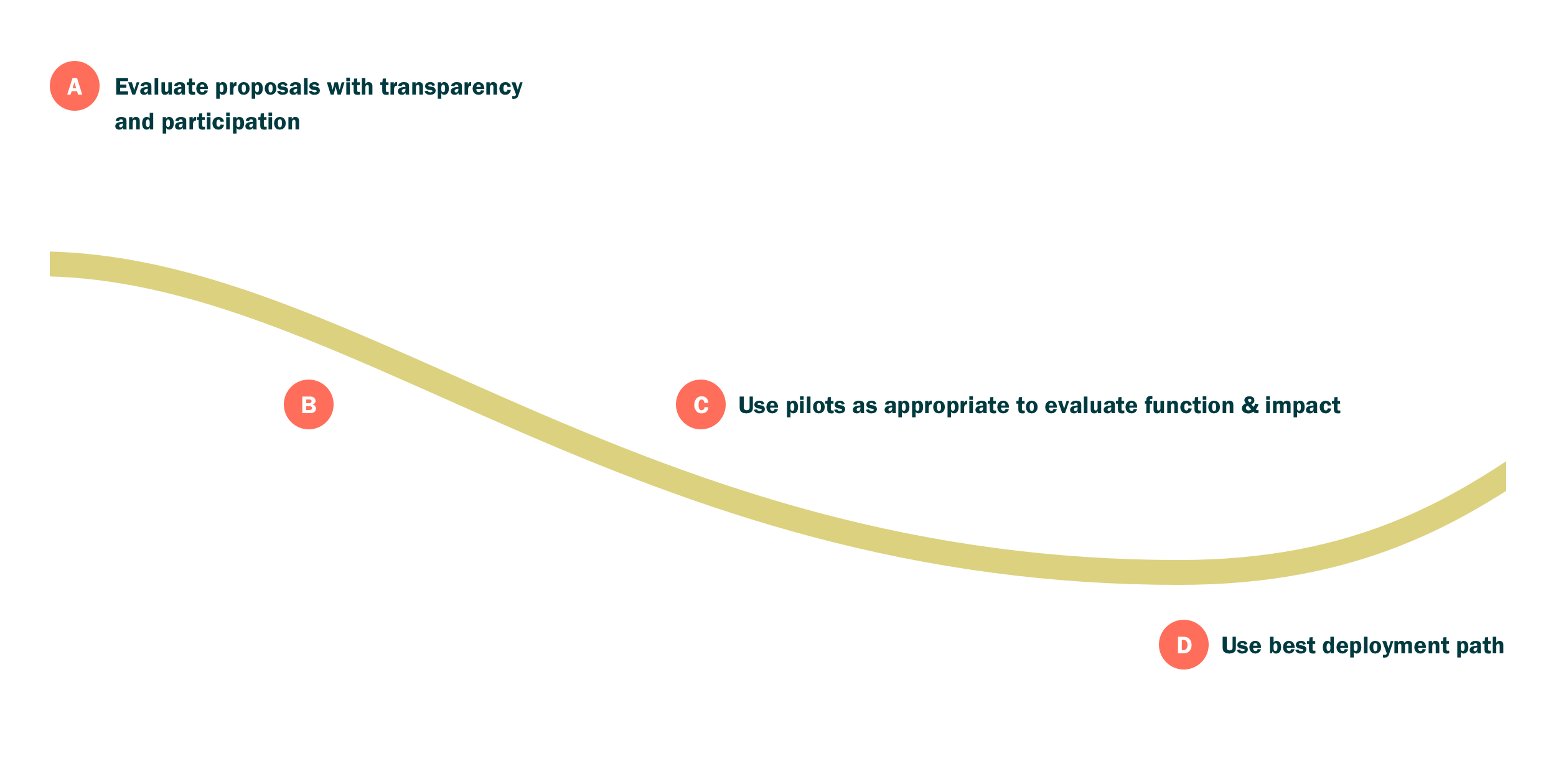A disruption just appeared in my city and I need to engage communities around it to make a policy decision in the next 3-6 months.
Glide, the shared magic carpet company that everyone is talking about, has just pitched your mayor. They picked your city to be among the first three ‘Glide Cities.’
The mayor wants you to see if shared flying carpets are a fit for your city. Your first thoughts are:
- Glide is a startup. What if people really like magic carpet rides, but they run out of money because the business model doesn’t work?
- Glide wants to operate mostly in rich neighborhoods, not the SloMa area where 50% of low-income residents live and need new mobility options.
Your goals for this assignment are:
- Find out what problem Glide actually solves and if this is a priority for your city’s residents, especially those in SloMa.
- Research market dynamics, sustainability and what alternatives there are to Glide to give your city more options.
- Figure out if your city really has to be among the first three cities to pilot Glide.
Your strategy outline is:
- Draft a short action plan for the mayor
- Engage with SloMa community-based organizations and residents to find out what they need. Additionally, find the budget to support them.
- Do some market research and get SloMa residents involved in thinking about magic carpets
- Develop a plan with SloMa for how your city can move forward
- Go to market and let Glide and others pitch formally




